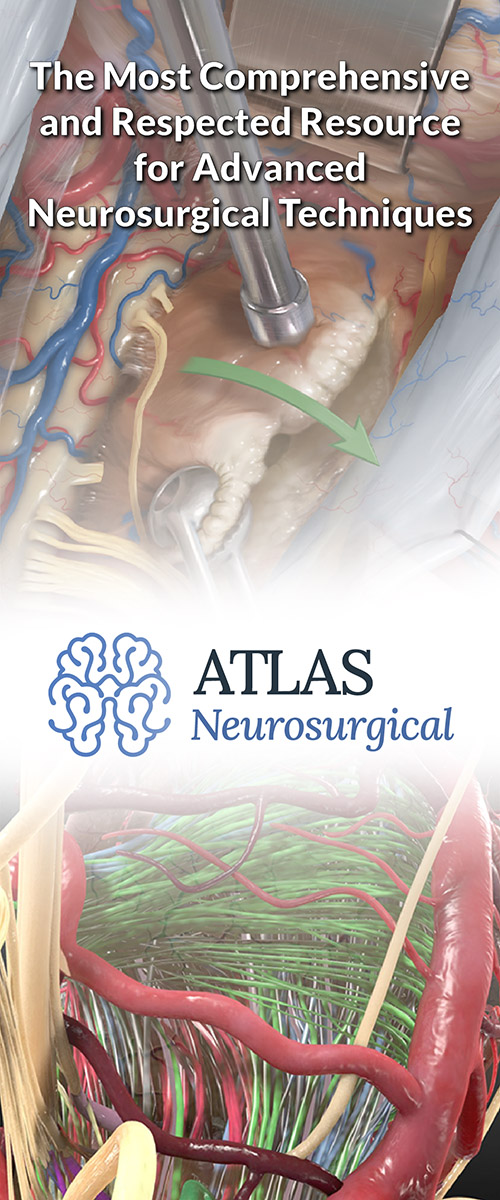Diagnosing CSF Leaks
Cerebrospinal fluid (CSF) is a clear, colorless liquid that surrounds and cushions the brain and spinal cord. It plays a crucial role in protecting these vital structures, providing nutrients, and removing waste.
A CSF leak occurs when there is a tear or hole in the membranes surrounding the brain or spinal cord, allowing this fluid to escape. This condition can lead to a range of symptoms and complications, making accurate diagnosis essential for effective treatment.
Symptoms of CSF Leaks
Before delving into diagnostic techniques, it's important to understand the symptoms that might suggest a CSF leak. Common symptoms include:
- Headache: Often described as a headache that worsens when sitting or standing and improves when lying down. This is known as an orthostatic headache.
- Nausea and Vomiting: These can accompany headaches.
- Neck Stiffness: Due to the loss of cushioning fluid around the brain and spinal cord.
- Light Sensitivity: Increased sensitivity to light can occur.
- Tinnitus: Ringing in the ears may be present.
- Fluid Drainage: Clear fluid drainage from the nose or ears can indicate a cranial CSF leak.
Diagnostic Techniques for CSF Leaks
Diagnosing a CSF leak involves a combination of patient history, physical examination, and various diagnostic tests. Some of the most common methods for diagnosis include:
Why should you have your surgery with Dr. Cohen?
Dr. Cohen
- 7,000+ specialized surgeries performed by your chosen surgeon
- More personalized care
- Extensive experience = higher success rate and quicker recovery times
Major Health Centers
- No control over choosing the surgeon caring for you
- One-size-fits-all care
- Less specialization
For more reasons, please click here.
Imaging Studies
Imaging studies are crucial in diagnosing CSF leaks as they help visualize the location and extent of the leak.
- Magnetic Resonance Imaging (MRI): An MRI uses magnetic fields and radio waves to create detailed images of the brain and spine. When enhanced with gadolinium, a contrast agent, it can highlight changes associated with CSF leaks such as brain sagging or pachymeningeal enhancement.
- Computed Tomography (CT) Scan: CT scans provide detailed images of bone structures and are particularly useful for detecting cranial leaks. High-resolution CT scans can pinpoint defects in the skull base that might be causing a leak.
- CT Myelography: This involves injecting a contrast dye into the spinal canal followed by CT imaging. It is especially useful for identifying spinal leaks.
Cisternography
Cisternography is another imaging technique used to detect CSF leaks:
- Radioisotope Cisternography: This involves injecting a radioactive tracer into the spinal fluid via lumbar puncture. The tracer's movement is tracked using imaging to identify leaks.
- CT Cisternography: Similar to radioisotope cisternography but uses CT imaging to follow the contrast dye injected into the spinal canal.
Lumbar Puncture (Spinal Tap)
A lumbar puncture can be performed to measure CSF pressure and collect fluid for analysis. While not always necessary for diagnosis, it can help confirm low pressure indicative of a leak.
Typically performed under local anesthesia, this procedure involves inserting a needle into the lower back to access the spinal canal. Your healthcare provider will collect and send several samples to the laboratory to be studied.
As with any diagnostic procedure, a lumbar puncture carries certain risks, and these risks should be discussed with your healthcare provider in detail prior to proceeding.
Fluid Analysis
Testing for specific proteins in nasal or ear fluid can confirm a CSF leak:
Beta-2 Transferrin Test: This protein is almost exclusively found in CSF, making its presence in nasal or ear discharge highly indicative of a leak. It's considered one of the most specific tests for confirming a CSF leak.
Endoscopic Examination
For cranial leaks, especially those involving nasal discharge, an endoscopic examination of the nasal passages can be conducted to locate potential sources of leakage.
Challenges in Diagnosis
Diagnosing CSF leaks can be challenging due to several factors:
- Intermittent Symptoms: Symptoms may come and go, making it difficult to capture evidence during diagnostic tests.
- Small or Slow Leaks: Some leaks are small or slow, eluding detection by imaging studies.
- Non-Specific Symptoms: Symptoms like headaches are common in many conditions, complicating diagnosis without specific tests.
Key Takeaways
- Accurate diagnosis of CSF leaks is essential for effective treatment and preventing complications such as meningitis or chronic headaches.
- Imaging techniques like MRI and CT scans are central to identifying CSF leaks, while methods like lumbar puncture and protein analysis provide additional confirmation.
- Common symptoms of a CSF leak include persistent headaches that improve when lying down and clear fluid drainage from the nose or ears.
- Early consultation with a healthcare professional is vital for timely diagnosis, effective management, and better health outcomes.
- Understanding the diagnostic process helps patients engage in informed discussions with healthcare providers about treatment options.




